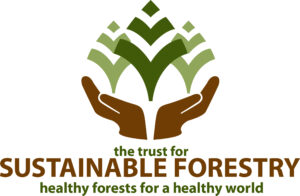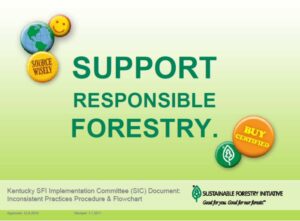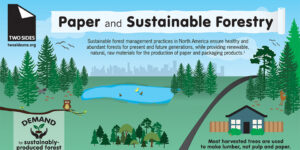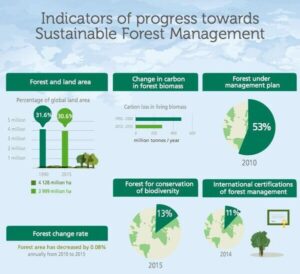Sustainable forestry is a critical component in combating climate change, preserving biodiversity, and ensuring the long-term health of our planet’s ecosystems. In recent years, community-led initiatives have emerged as powerful drivers of sustainable forestry practices. These grassroots efforts not only enhance environmental conservation but also foster social and economic benefits for local communities. This article delves into the success stories and best practices of community-led initiatives in sustainable forestry.
Understanding Community-Led Forestry
Community-led forestry refers to the management and conservation of forests by local communities. This approach is rooted in the belief that the people who live closest to the forests are best equipped to manage and protect them. By involving local communities, sustainable forestry initiatives can harness indigenous knowledge, foster community engagement, and ensure that conservation efforts are culturally relevant and economically viable.
Success Stories of Community-Led Forestry Initiatives
1. Nepal’s Community Forest User Groups (CFUGs)
Nepal is renowned for its successful implementation of Community Forest User Groups (CFUGs). These groups, established in the 1990s, empower local communities to manage and protect forest resources. Today, over 22,000 CFUGs manage about 2.2 million hectares of forest land. The success of CFUGs lies in their inclusive approach, involving all community members in decision-making processes. This has led to improved forest cover, biodiversity conservation, and enhanced livelihoods through sustainable harvesting of forest products.
2. Mexico’s Ejido System
In Mexico, the ejido system allows communities to collectively own and manage forest lands. This model has been particularly successful in the state of Oaxaca, where local communities have implemented sustainable forestry practices that balance conservation with economic development. The ejido system has resulted in better forest management, increased carbon sequestration, and improved community well-being. By combining traditional knowledge with modern forestry techniques, these communities have set a benchmark for sustainable forest management.
3. Brazil’s Extractive Reserves
Brazil’s extractive reserves, such as the Chico Mendes Extractive Reserve, are another exemplary model of community-led forestry. These reserves are managed by local communities who sustainably harvest non-timber forest products like rubber and nuts. The extractive reserve model promotes forest conservation while providing economic opportunities for local populations. This approach has successfully curbed deforestation and supported biodiversity conservation in the Amazon rainforest.
Best Practices in Community-Led Sustainable Forestry
1. Inclusive Decision-Making
Successful community-led forestry initiatives prioritize inclusive decision-making processes. This involves engaging all community members, including women and marginalized groups, in planning and management activities. Inclusive decision-making ensures that conservation efforts are equitable and that the benefits are distributed fairly among all community members.
2. Integration of Traditional Knowledge
Incorporating traditional knowledge into sustainable forestry practices is crucial. Indigenous and local communities possess a wealth of knowledge about forest ecosystems, which can complement scientific approaches. By valuing and integrating this knowledge, community-led initiatives can develop more effective and culturally appropriate conservation strategies.
3. Capacity Building and Training
Investing in capacity building and training for community members is essential for the success of sustainable forestry initiatives. Providing education on sustainable harvesting techniques, forest management, and conservation practices empowers communities to take an active role in protecting their forests. Capacity building also helps communities adapt to changing environmental conditions and economic opportunities.
4. Economic Incentives and Livelihood Support
Ensuring that community members derive economic benefits from sustainable forestry is key to long-term success. This can be achieved through the sustainable harvesting of forest products, ecotourism, and other income-generating activities. By linking conservation efforts with economic incentives, communities are more likely to commit to sustainable forestry practices.
5. Strong Governance and Legal Frameworks
Effective governance and legal frameworks are critical for the success of community-led forestry initiatives. Governments should support these initiatives by providing clear land tenure rights, legal recognition of community management plans, and access to resources. Strong governance structures also help in resolving conflicts and ensuring accountability.
Conclusion
Community-led initiatives in sustainable forestry have proven to be highly effective in preserving forest ecosystems, enhancing biodiversity, and improving the livelihoods of local communities. By learning from successful examples like Nepal’s CFUGs, Mexico’s ejido system, and Brazil’s extractive reserves, we can identify best practices that can be replicated and scaled up globally. Inclusive decision-making, integration of traditional knowledge, capacity building, economic incentives, and strong governance are all critical components of these successful initiatives. As we face the growing challenges of climate change and environmental degradation, community-led sustainable forestry offers a promising path forward for achieving a sustainable and resilient future.



